This article was written by Carol Schaeffer and published in partnership with Coda Story.
On a cold and windy Monday at the end of April in the eastern German city of Chemnitz, 15 members of the far-right group “Pro-Chemnitz” organized a rally in defiance against coronavirus lockdown measures.
Allowed to stand in pre-drawn spaces, six feet apart on all sides, and cordoned off by police, they stood around a 40-ton, 42-foot-tall bust of Karl Marx and likened the social distancing measures to totalitarianism.
READ ALSO: Chemnitz: Portrait of a city shaken by anti-foreigner riots
The gathering coincided with Hitler’s birthday — a significance lost on no one in a city where, two years ago, more than 6,000 neo-Nazis flooded the streets for a week of rioting. Just outside the police cordon, some 300 people gathered in support.
The demonstration had all the main characteristics of the contemporary European far-right, focusing on anti-immigrant sentiment and distrust of the state.
One placard bore racist caricatures and the slogan, “Freedom of movement for asylum seekers and harvest workers, prison and fines for me and my relatives?”
But also visible was something more common at pro-Trump rallies in the United States than at European protests.
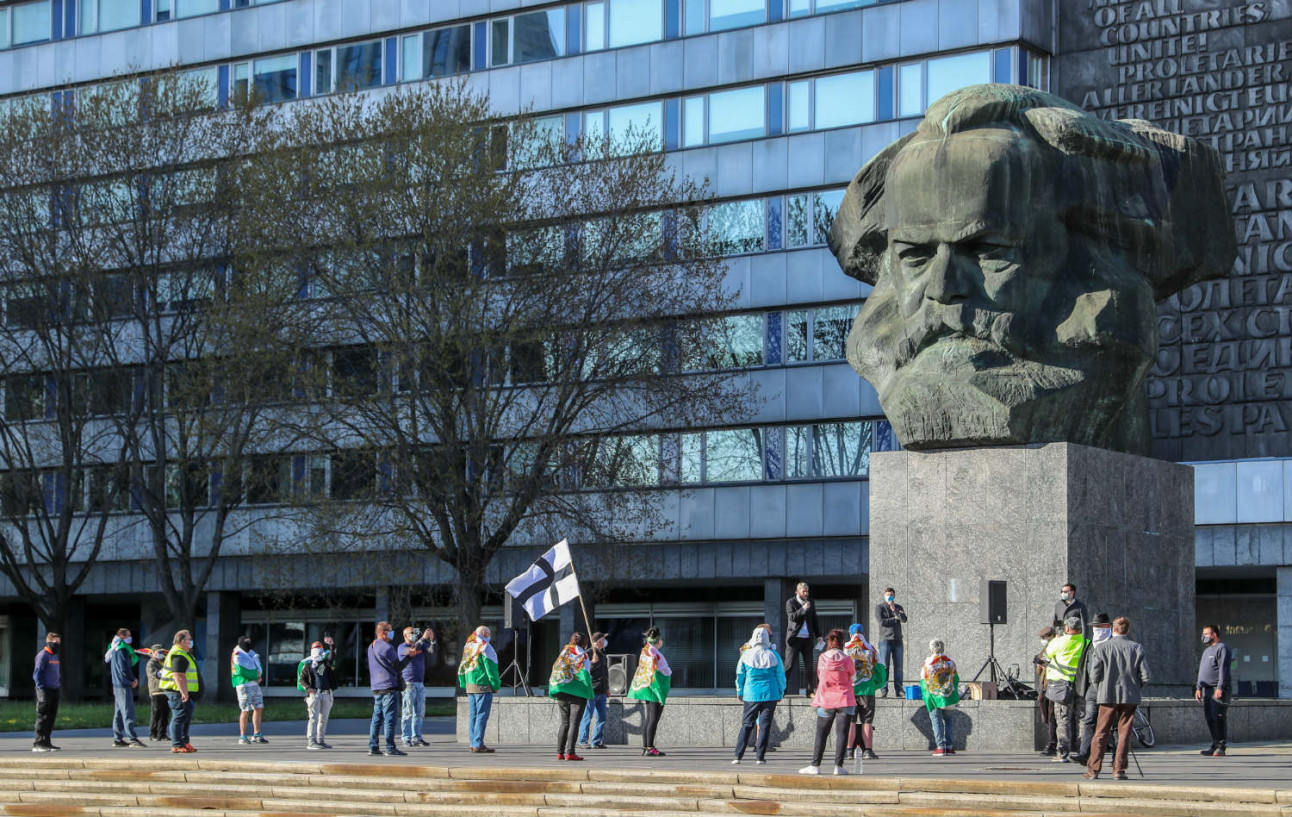
Pro-Chemnitz demonstrators in April. Photo: DPA
One man’s mask bore a red letter “Q” — a symbol of the QAnon conspiracy theory. Beneath it, he chanted “Wir sind das Volk” (“We are the people”), a slogan that has become the rallying cry for racist nationalists in Germany.
Germany’s response to the coronavirus crisis has, so far, been the most successful in Europe. The country has reported by far the lowest mortality rate per capita within the EU and has been able to widely and safely reopen.
But the Covid-19 crisis has also led to a spike in interest within the country. Even as the country has begun to return to normalcy, the effects of the disinformation are persistent.
Since mid-March, experts have noted an explosion of membership in German online groups related to the theory. Analysis of Qlobal-Change, a German QAnon YouTube channel, shows that its follower count has grown exponentially in this period.
Similarly, its Telegram channel had around 20,000 members in February and now has more than 110,000 followers. The same group hosts channels in Italian and Spanish, but each has only a fraction of the membership of its German-language iteration.
Researchers first began to notice QAnon hashtags circulating on German social media in 2018, but back then the movement was extremely fringe. It partially surfaced in the mainstream when a far-right extremist murdered 10 people and wounded five others in a racially motivated attack on a shisha bar in the western city of Hanau.
READ ALSO: What is Germany doing to combat the far-right after Hanau attacks?
The case was widely reported in the national media, including a rambling 24-page manifesto published on the killer’s own website that cited theories popular in QAnon circles.
Since its birth in 2017, with a cryptic post on the online message-board 4Chan, QAnon has grown into a sprawling movement. Focusing on U.S. politics, its themes center on an alleged “deep state” plot against President Donald Trump and his administration.
It also teems with wild allegations involving the Clintons, Jeffrey Epstein and, now, Anthony Fauci — a leading physician on the White House Coronavirus Task Force, who has cast doubt on many of Trump’s medical claims. Even German-language QAnon channels largely concentrate on translations of U.S.-based material.
The popularity of QAnon may be connected to the country’s unique relationship with the United States. The U.S., allied with the U.K. and France, occupied West Berlin until 1991 and Germany continues to house more U.S. troops than any other country in the world — a common sticking point for German conspiracists.
The U.S.-German relationship has long been considered the beating heart of an ideology known as Atlanticism. That is – as both critics and proponents have argued — until Donald Trump came to destroy the alliance.
Trump’s attacks on NATO, the European Union, his dismissal of the Paris climate accord, and his preferential treatment of historic enemies such as Russia over allies like Germany, have made him a hero to Germany’s anti-Atlanticist conspiracists.
And although Trump’s generally abrasive demeanor has meant he has clashed with many world leaders, his attitude towards German Chancellor Angela Merkel often appears to be one of open enmity. His attacks on science leaders and parroting of unverified cures for the coronavirus, such as chloroquine, has also boosted his profile in Germany.
Opposition to Atlanticism has long been a key element of conspiratorial far-right ideology in Germany. Consider the example of the Reichsbürgerbewegung. This sovereigntist and irredentist movement, rejects the legitimacy of the modern German state, based on the belief that Germany has continued to be covertly occupied by the U.S. since reunification.
Now, according to Jan Rathje of the Amadeu Antonio Foundation — a Berlin-based extremism research network — Reichsbürgerbewegung groups have begun to borrow heavily from QAnon. They also praise Trump as a welcome ally and have even shifted their position on the U.S. military presence on German soil.
“Before Trump's presidency, the USA was perceived by right-wing extremists and sovereigntists as a secret occupying power over the German people. This represented a traditional narrative of these milieus since the end of the Third Reich,” Rathje later wrote via email.
“Apparently this has changed since the corona crisis. What was previously demonized is now idolized as support for the overthrow of the Merkel regime: U.S. troops on German soil.”
This is important for one follower of the QAnon-Germany Facebook group, who goes by the name Ryanne Divina online. In an interview conducted via private messages on Facebook, they said that they have been following QAnon since 2017, which they found via YouTube.
They see themselves as someone who is “putting the pieces of the puzzle together” and believe the Reichsburgerbewegung theory that Germany is not a sovereign state, and has not been for a long time.
“America, or rather the Allies, have occupied Germany and thus control what happens here or what is allowed,” they wrote. “Germany has long ceased to be a constitutional state, but a company with its business people just as it is in America.”
QAnon’s popularity in Germany has not been limited to right-wing extremists. Theories that brew in QAnon chats and forums have been migrating well beyond extremist circles, particularly those about Bill Gates and Covid-19. Portrayals of Gates as a puppeteer of the coronavirus crisis for example have appeared across multiple misinformation websites in recent months.
According to one study by The New York Times and Zignal Labs, a San Francisco-based company that analyzes online conversations and tracks influencers, posts linking Gates and QAnon appeared more than 1.2 million times on social media between February and April.
This explosion of conspiracy theories has corresponded with a steady stream of anti-lockdown demonstrations, which have continued even now that such measures have largely ended.
Since mid-March, left and right-wing protesters have appeared every week outside the Volksbühne in Berlin, one of Germany’s most prestigious theaters. Demonstrators can often be seen carrying placards about Gates, and QAnon symbols are common.
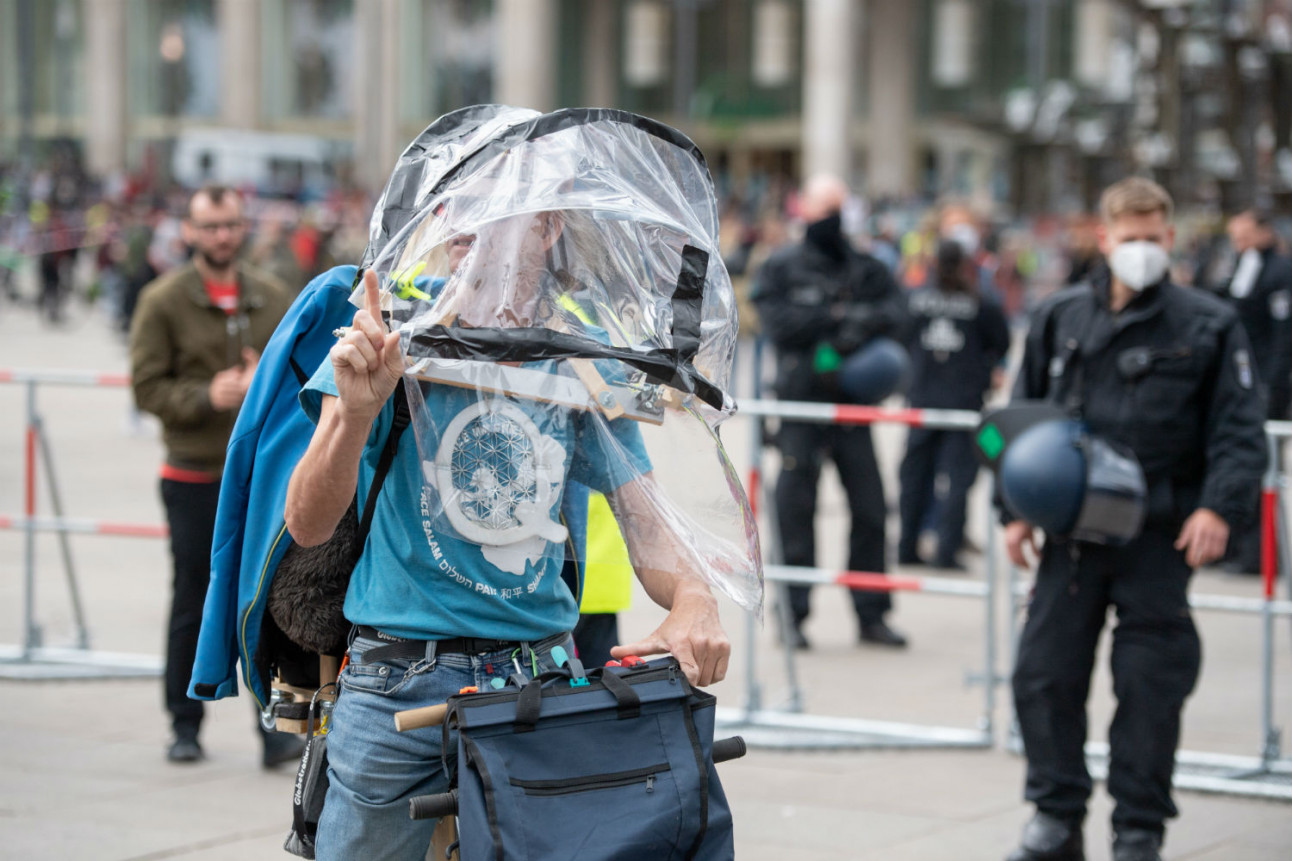
A demonstrator with a 'Q' for QAnon at a demonstration in Berlin's Alexanderplatz in May. Photo: DPA
Experts on the European far-right maintain that more empirical research is needed to determine exactly why QAnon is having such a moment in Germany, but all agree that the conditions created by the pandemic have acted as a catalyst.
According to Jakob Guhl, senior researcher at the extremism-monitoring organization ISD Global, QAnon is an “umbrella” theory, under which many different conspiracies can gather. He believes that its surge in popularity “is happening because of something that only very few of us understand.”
“Most of us aren't public health experts or virus specialists,” Guhl explained by telephone, adding that some may believe that QAnon is “reempowering people again and making sense of a very tragic situation.”
According to Guhl, QAnon’s growth has not been slowed by the comparative effectiveness of the German government’s Covid-19 response. “It is of course quite difficult to predict the future of the QAnon movement,” he later wrote in an email.
READ ALSO: Why Germany's coronavirus 'guru' is being targeted by lockdown critics
Nevertheless, the success of the government’s response could produce a scenario “in which this benefits conspiracy theorists more broadly: if the death rate is low, is that not proof that the measures were disproportionate to the risk, and must therefore have been implemented because of the interests of secret and malign forces?”
“Certain stones can only be set in motion,” Ryanne wrote, “before the avalanche breaks with all that is connected to it.”
This story was produced in partnership with Coda Story.

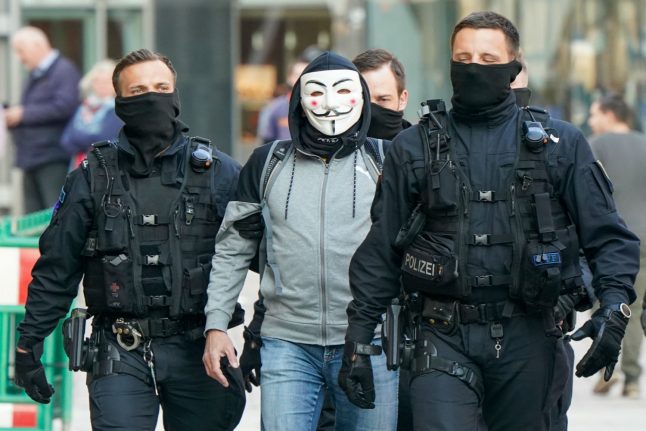

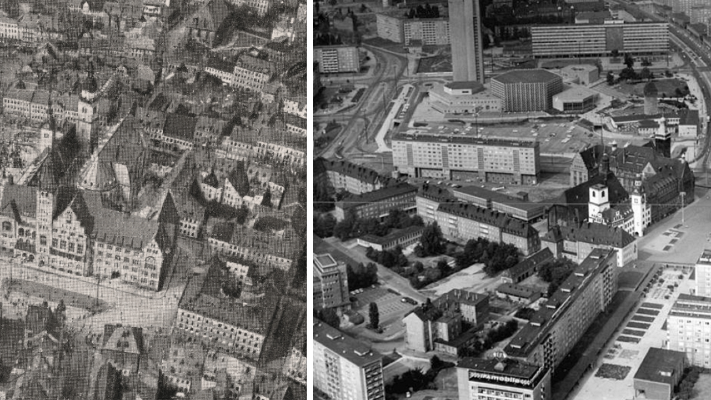
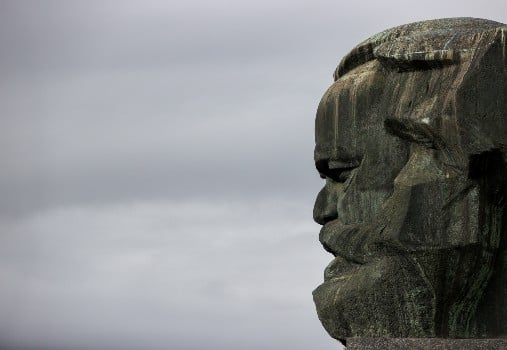
 Please whitelist us to continue reading.
Please whitelist us to continue reading.
Member comments